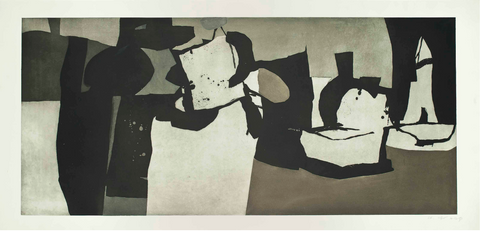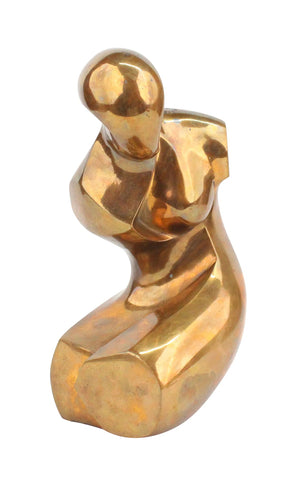
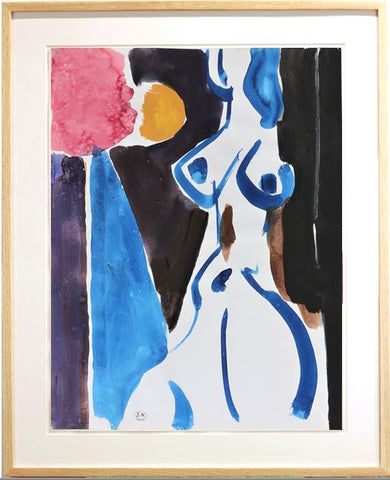
Fontainebleau Fine Art
“Standing Nude” by Jacques Nestle (French, 1907 – 1991) Circa 1950
$0.00
Call For Location | 203-325-8070
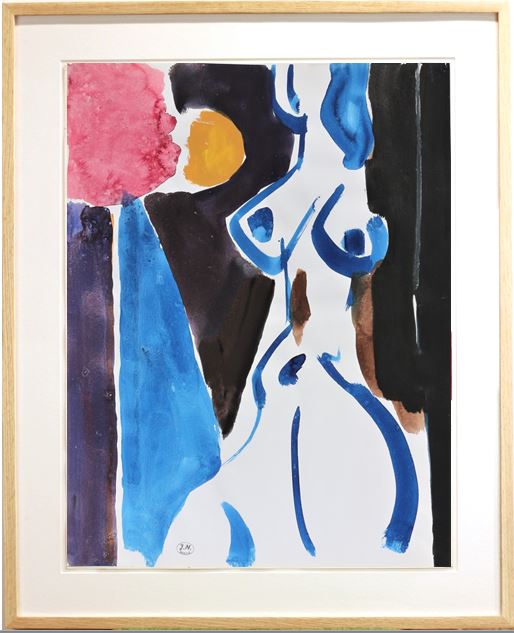
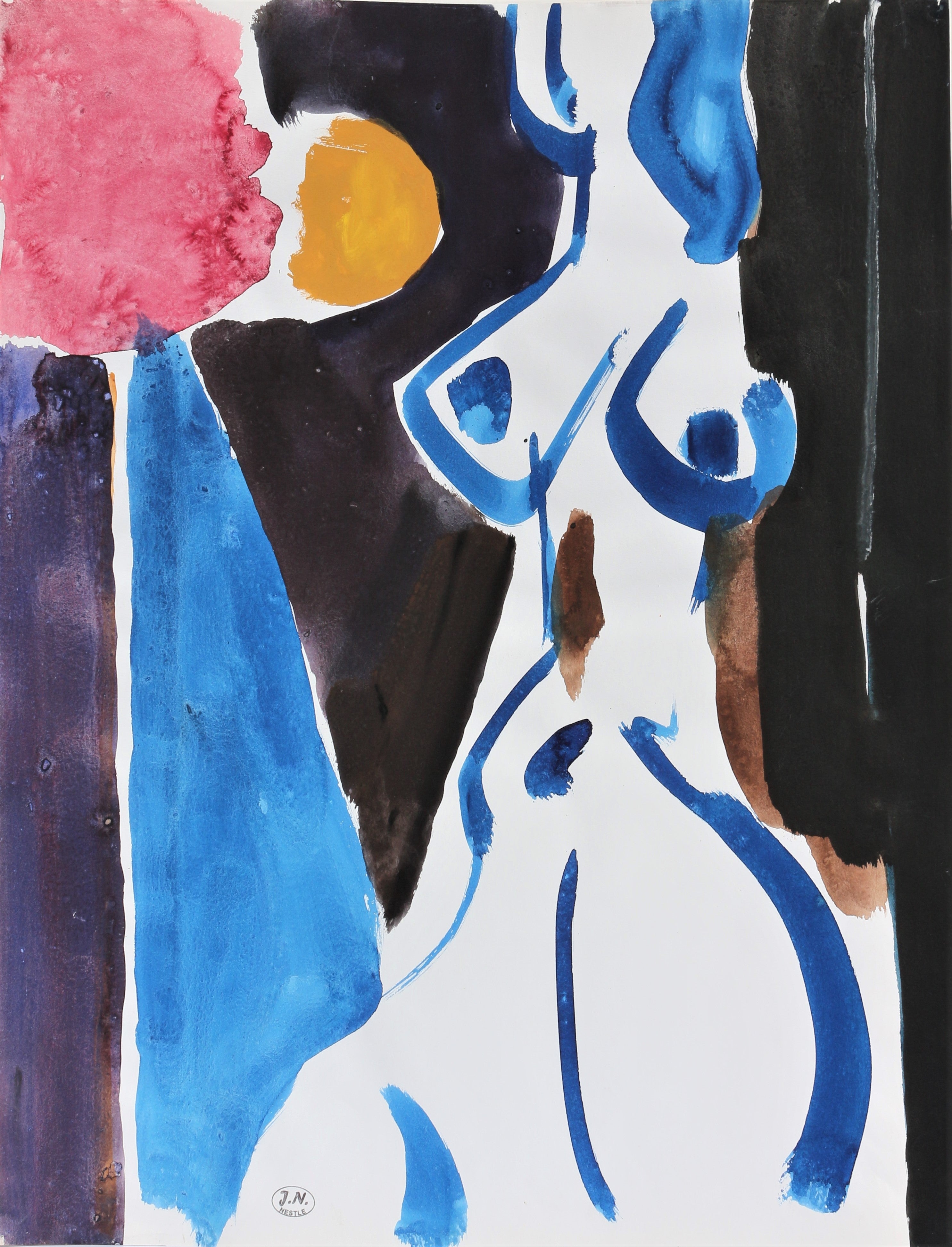
Fontainebleau Fine Art
“Standing Nude” by Jacques Nestle (French, 1907 – 1991) Circa 1950
“Standing Nude” – Circa 1950
Ink and gouache on wove beige paper
Very good condition, no toning, no foxing, no molding, excellent color retention
Studio stamped J.N.
25 ½ x 19 ¾ in (65 x 50 cm)
32 x 26 in framed (81 x 66 cm)
Custom-made, natural oak wood frame, conservation UV Plexi, float mat in archival material
Jacques Nestlé is the painter of colors and forms, in the same artistic vein as Kandinsky, Mondrian or Miró. However, unlike them, he uses black, although a vibrant, fluctuating and shimmering black, in a remarkable way, combining and adding structure to his work.
"I am neither a painter nor an artist; I am simply a man who paints"
Born in Germany, Nestlé decided to go to France in 1923 at the age of 16 and discovered the artistic Paris of Saint-Germain-des-Prés and its galleries. Working for a lithographic printing shop, he met artists such as Matisse who saw his drawings, encouraged and advised him:
"Listen to everything that is said, look at everything that is done, and do what you want."
Jacques Nestlé will later comment on these words that he will never forget: "Honestly, it already was what I had done. In any case, it is always what I've done ever since. "
In 1925, he leaves for Berlin: "It was culturally and artistically a city in turmoil".
Jacques Nestlé is the chief-decorator of both Berlin department stores. And he paints.
From post-cubism to geometric abstraction and particularly the work of Kandinsky and Paul Klee, these years of training and work in the hustle and bustle of Berlin's Bauhaus and avant-garde will mark his work.
Then his life changes course again with the rise of Nazism which Nestlé strongly opposed to the point of receiving death threat. In 1933, when Hitler was appointed Chancellor, Nestlé fled Berlin to Paris, carrying only a few paintings, monotypes and woodcuts, the only testimony of this time.
In post-war Paris, Jacques Nestlé studies the city that is being built and expanding, in perpetual change.
He also tirelessly draws nudes, seeking, like Matisse, the essential curve or echoing the anatomical compositions distinctive of the cubist nudes of Picasso.
The influential Picasso’s art dealer and collector, Daniel-Henry Kahnweiler, wanted to represent him as he did with Picasso, Braque, Derain or Gris. But Jacques Nestlé did not respond to his invitation which could have had dramatically altered the course of his career.
Nestlé then continues his research towards a form of pictorial expression that cultivates the ambiguity between figuration and pure abstraction.
Sometimes stylized to the extreme, the feminine forms melt into outlines and colored contours.
They tend towards an abstraction with a very personal style where the use of forms and collages builds a dynamic and colorful abstract space.
In his odalisques, totem-figures, ink-motifs, abstract forests, cosmic spaces, landscapes, he develops a vocabulary of forms whose values will become constitutive of his work. His luminous blacks echo the primary colors.
In the apparent pure pleasure of painting that the artist claims, nothing is left to chance in the composition:
Structured spaces responding to sensual curves, abstractions of forms, the light of white backgrounds, collages. It is in full mastery of his art, that Nestlé uses the fluidity of the gouache and the ink in his mixed techniques on paper.
- Exhibitions:
Numerous solo exhibitions of the artist’s work have been held, the latest, posthumous, in Paris:
- Galerie Jean-Marie Le Fell, Paris 2007
- City Hall, Paris 16ème, 2012
- Saarlandmuseum in Saarbrücken at the occasion of the Landeskunstausstellung, 2013
- Provenance:
- The artist’s studio



